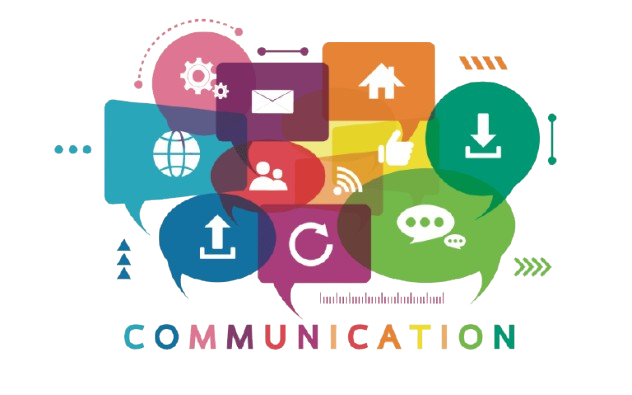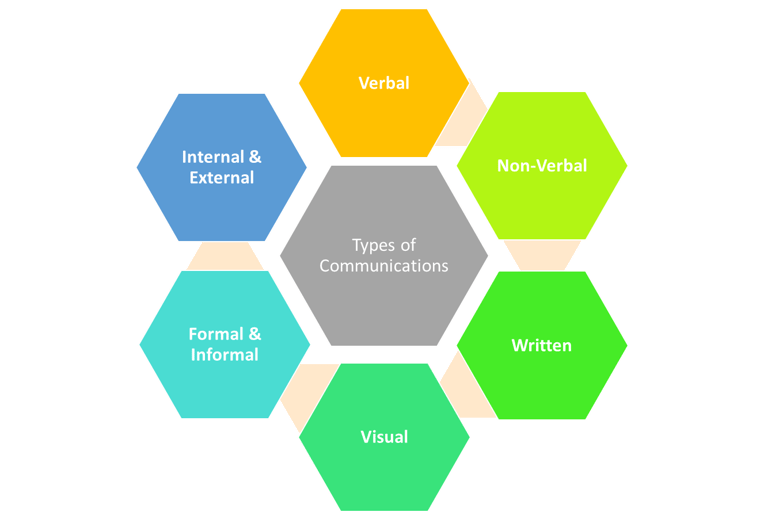Types of Communication: A Complete Guide for Modern Professionals
Unlock the power of effective communication! 🚀 Whether you're leading a team, working remotely, or building client relationships, understanding the types of communication —verbal, nonverbal, written, visual, formal/informal, internal/external—can transform how you connect and collaborate. This complete guide breaks down each type with real-world examples to help you communicate clearly, confidently, and professionally in any situation. 💬📩👀📊 #CommunicationSkills #ProfessionalGrowth #WorkplaceTips #EffectiveCommunication #Leadership #SoftSkills #CareerDevelopment
Shital Bora Padgelwar
4/14/20252 min read


In today’s fast-paced world, communication isn’t just about talking—it’s about connecting. Whether you’re leading a team, collaborating remotely, or giving feedback, understanding the different types of communication helps you become a more effective communicator.
Let’s break down the main types of communication, with examples and use-cases that apply across professional, academic, and personal contexts.
1. Verbal Communication
Definition: Spoken words—face-to-face or virtual.
Includes:
Conversations
Meetings
Presentations
Phone or video calls
Why it matters:
It allows immediate feedback and real-time clarification.
Example:
Leading a team meeting via Zoom to discuss project milestones.
2. Nonverbal Communication
Definition: Unspoken cues—body language, facial expressions, eye contact, posture, and gestures. Even silence communicates something.
Why it matters:
Nonverbal signals often reveal more than words. A confident posture or warm smile builds trust without saying a word.
Example:
A trainer uses open body language to appear approachable and engaging during a workshop.
3. Written Communication
Definition: Any message that uses written words.
Includes:
Emails
Reports
Proposals
Chat messages
Social media posts
Why it matters:
Written messages provide a permanent record and allow the receiver to process information at their own pace.
Example:
Sending an email update summarizing a meeting’s key decisions.
4. Visual Communication
Definition: The use of visual elements to convey ideas.
Includes:
Graphs and charts
Infographics
Videos
Diagrams
Slideshows
Why it matters:
Visuals simplify complex information and make communication more engaging.
Example:
Presenting survey results using a pie chart in a slide deck.
5. Formal vs. Informal Communication
Definition: The tone and structure of communication vary depending on context.
Formal Communication
Structured, professional, and follows a hierarchy
Used in reports, official letters, or business proposals
Informal Communication
Casual, spontaneous, and often used among peers
Think Slack messages, hallway chats, or group texts
Example:
Formal: “Attached is the Q1 report for your review.”
Informal: “Hey! Just shared the report—take a look when you can.”
6. Internal vs. External Communication
Definition: Who you're communicating with matters too.
Internal Communication
Happens within an organization—between teams, departments, or leadership
External Communication
Directed to clients, vendors, partners, or the public
Example:
Internal: Weekly newsletter for employees
External: Press release announcing a new product
Why Understanding Types of Communication Matters
Each communication type plays a unique role in professional success. Knowing how and when to use each one:
Enhances teamwork and collaboration
Prevents misunderstandings
Builds stronger relationships
Improves clarity and productivity
Whether you’re writing an email, giving a presentation, or sharing an infographic—being aware of the communication style you’re using can make all the difference.
The best communicators don’t just speak—they choose the right way to be heard.


© 2025 AIMs - An Identity of Myself. All Rights Reserved.
Website Designed by Aditya Rajbhar
+91 72194 07665
